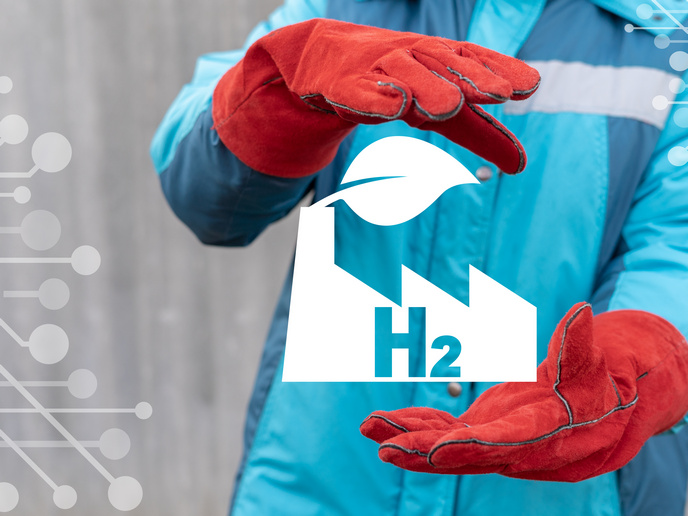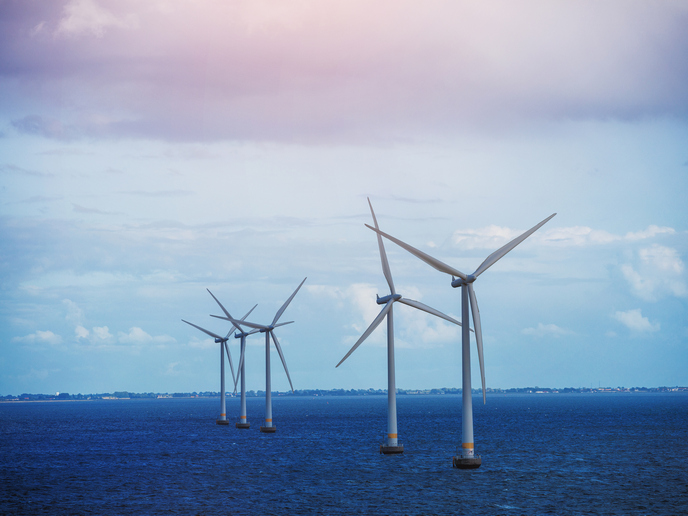A bountiful harvest of renewable energy technologies
Harnessing the wind to produce electricity is making an increasingly important contribution to the EU's alternative renewable energy policies to alleviate dependence on fossil fuels. A rise in the number of wind turbine blade defects resulting in turbine failure has highlighted the need for continuous structural health monitoring (SHM) as an improvement to current routine inspections. Scientists developed the required technology within the context of the EU-funded project WINTUR . It exploits sensors embedded in the composite blades that transmit their signals via Bluetooth to the nacelle, the housing of the main generator components. The nacelle unit then transfers the data via wireless technology to the wind farm control centre. To top it all off, the system uses energy harvesting to convert the mechanical energy in the vibrations being measured to electricity required by the system to work. The WINTUR system exploits integrated acoustic emission (AE) and long-range ultrasonic testing (LRUT). AE is the release of energy in the form of stress waves resulting from the sudden redistribution of stress in a material. In composites, the AEs are often indicative of matrix cracking, fibre breakage and debonding. LRUT employs transducers that direct low-frequency ultrasonic waves into the material to be tested, and detects changes in properties associated with defects. Final trials demonstrated that WINTUR SHM technology for monitoring composite wind turbine blades effectively and reliably detected growing defects, blade-intrusive damage and impact damage. Signal-processing tools then located the area of the defect and wireless communications systems transferred the data with 100 % signal integrity. A graphical user interface provided a visual status indicator, a tabulated display of critical information and a reporting function. Wind energy is becoming an important player in the renewable alternatives field. WINTUR technology will help keep turbines running to keep that energy coming while at the same time encouraging new investment with a reduction in maintenance costs.







